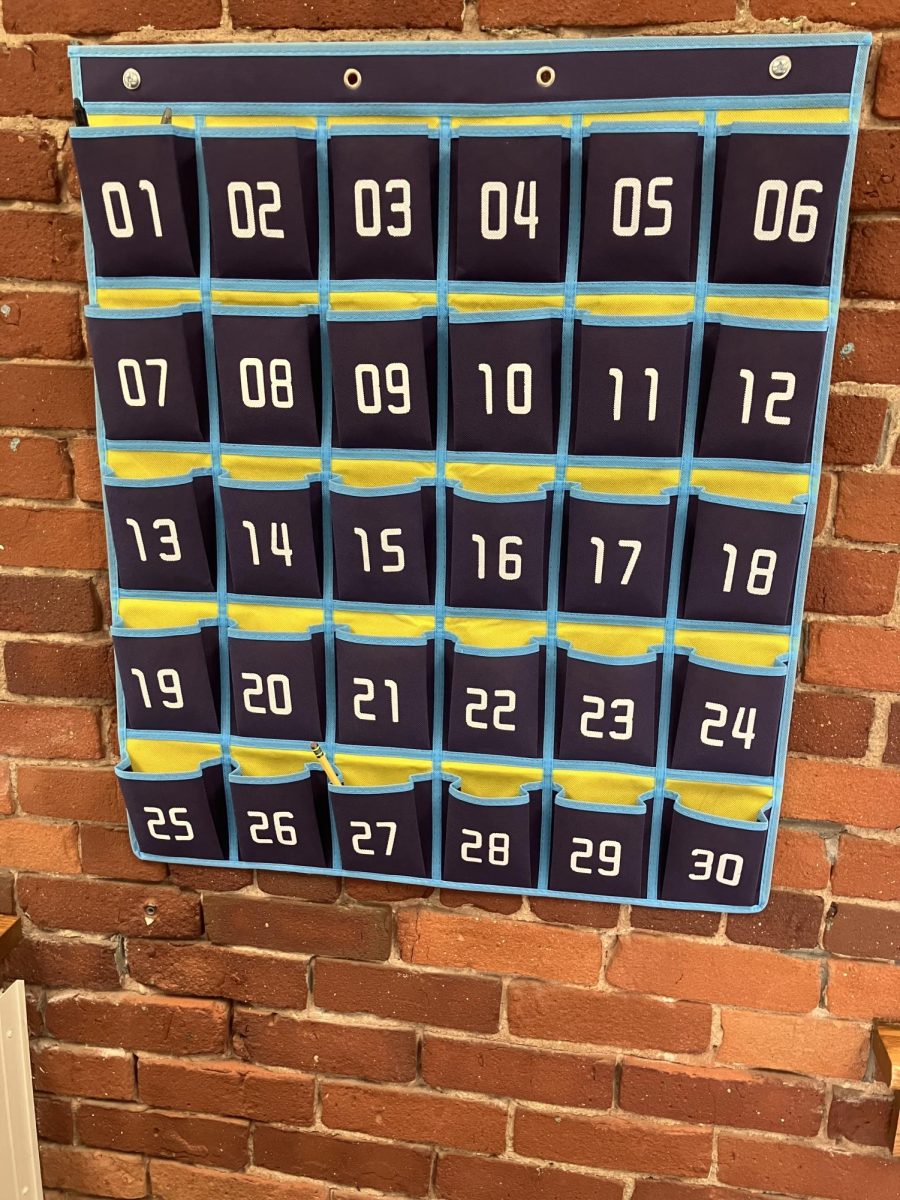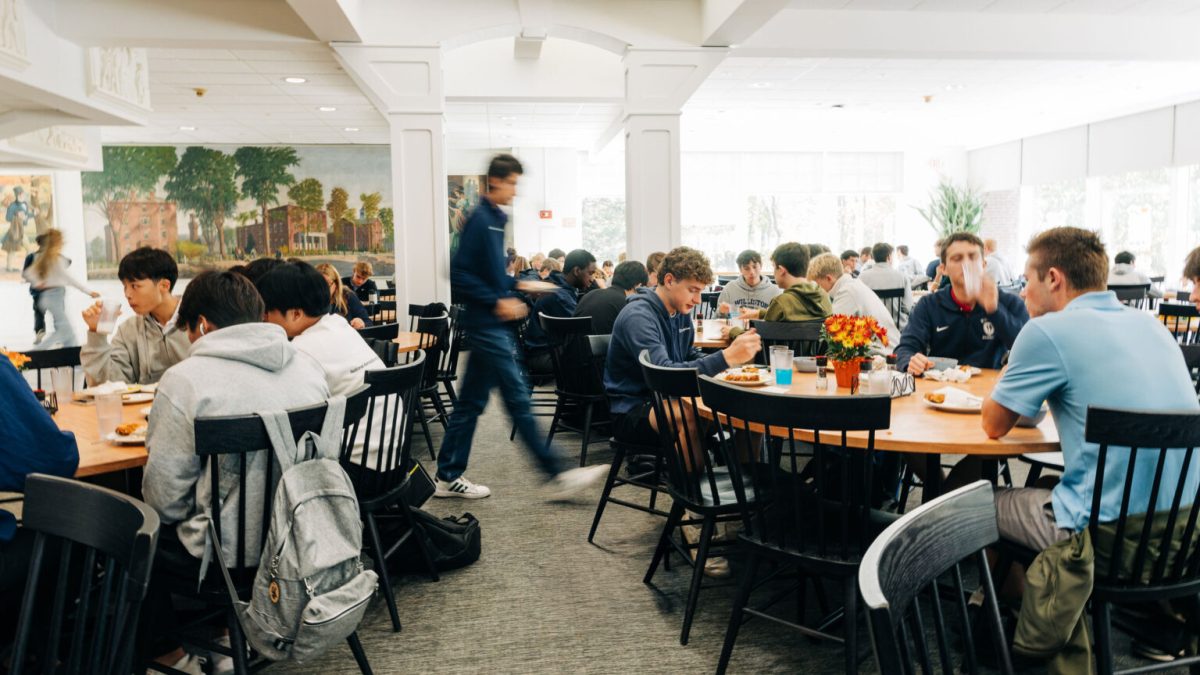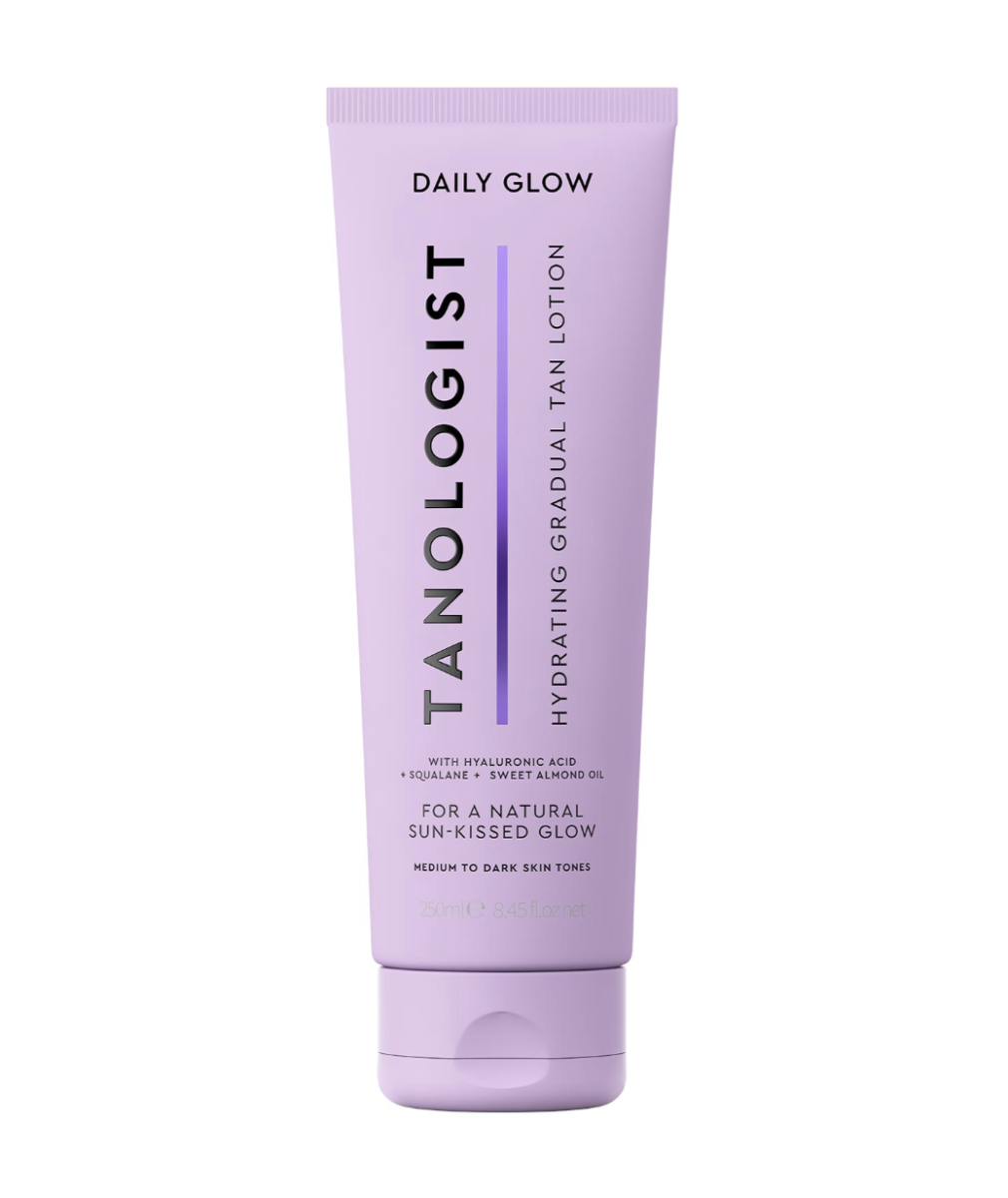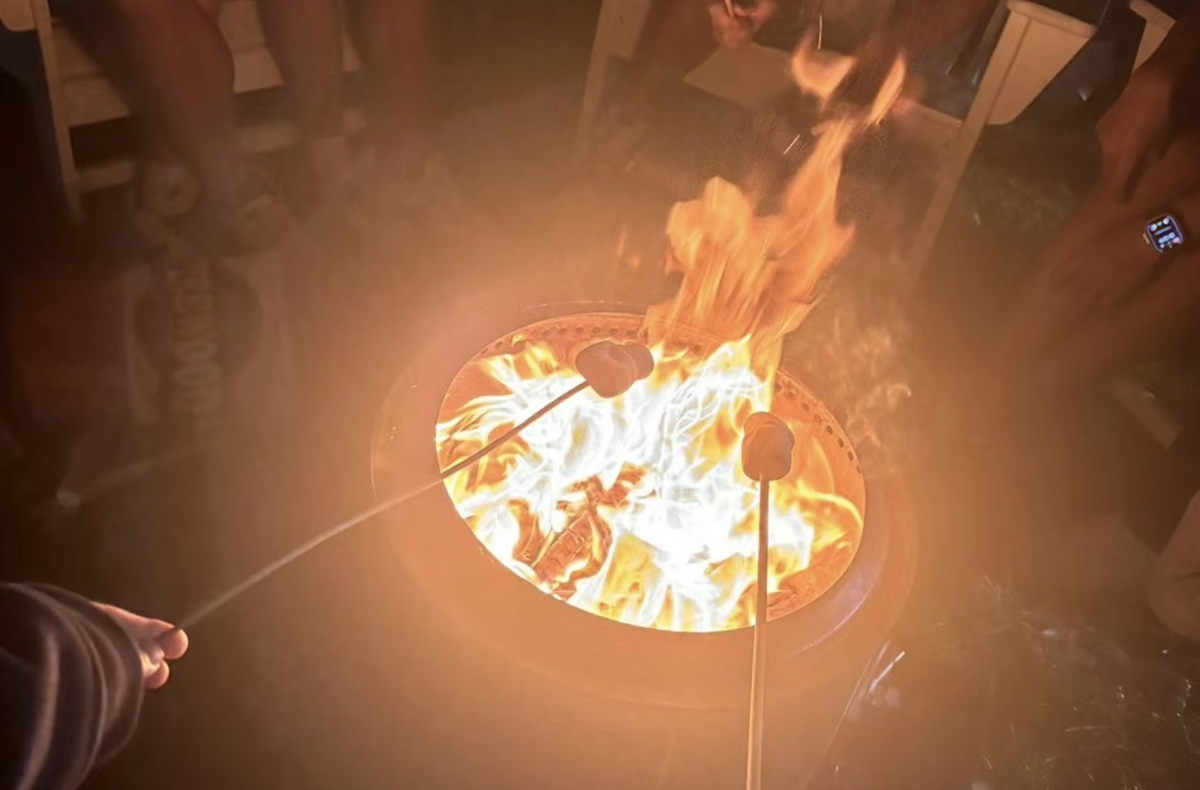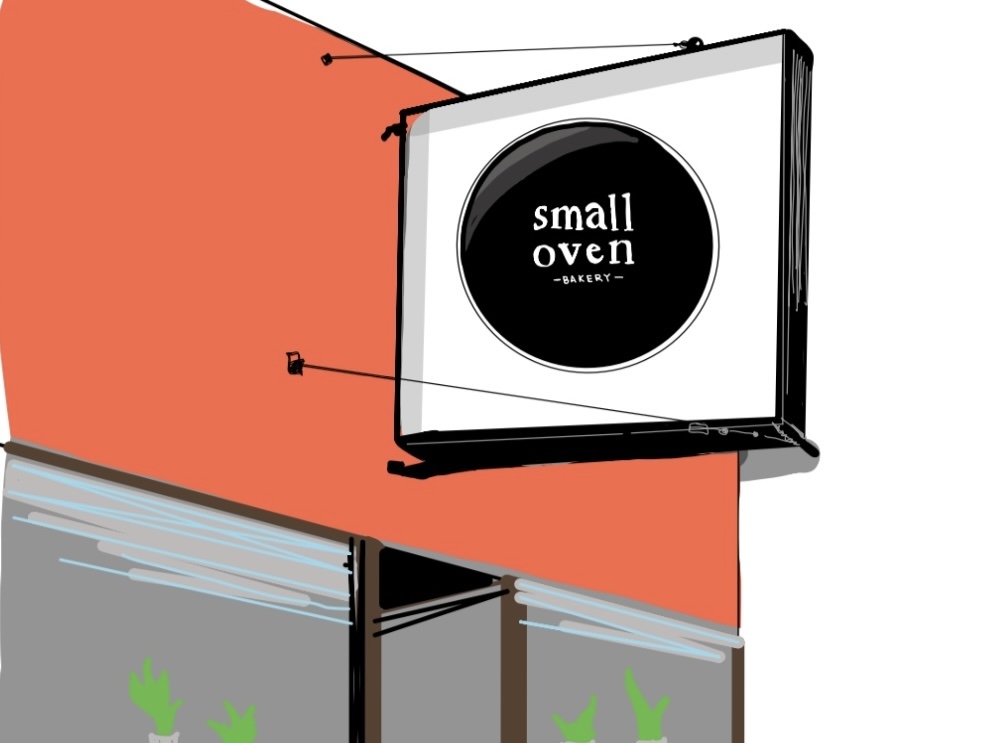“Mr. Hing, what are your other passions besides photography?”
“PG-13? Food, travel, speed. Not the drug.”
by Hannah Brooks ’13
Edward Hing, acknowledged by his students as ‘Hing’, has been a key member of the Williston Northampton community since 1973. He is an avid bike-rider, donut-eater, and traveler who is notorious for his laid-back yet demanding photography classes.
Mr. Hing’s interest in photography was sparked on a family vacation in 6th grade when he commandeered the camera his mother had bought, yet had no idea how to use. From that moment on, his life would never be the same.
Over the next few years, he was inspired by his summer camp counselors who introduced him to the dark room, eventually leading him to create one of his own in his basement. He was so motivated to produce a picture of his own that as an 8th grader, he saved up his money and bought himself an enlarger for his darkroom.
Then in ninth grade, he began his career at Williston. In his four years there, he was a hockey goalie, promising amateur photographer, and lived in Mem, Ford, and Sawyer House. There was one person that tied all these things together and really made the difference in his life, though. Mr. Robert Couch ‘50.
“I would almost say he changed my life.”
“Couchie” was his hockey coach, geometry teacher, surrogate dad and the ‘Keeper of the Key’. Back in the seventies, there were no formal photography classes offered at Williston. The extent of photography was the small darkroom that is now Emily Ditkovski’s office, filled with Mr. Couch and a handful of students with genuine interest.
Mr. Couch, now retired, is still a big part of Williston. Every Friday, he has coffee in one of the booths of the StuBop area with former teachers and close friends Dick Gregory and Ray Brown. Additionally, he photographs all of the varsity sports team pictures that go up on the walls in the gym. Couch clearly remembers that Mr. Hing was, “very dedicated, and he’d do a project and put it up on the wall.”
“The last thing I wanted to be was in school again or at Williston.”
Mr. Hing says that his return was partially due to Mr. Couch’s influence. After graduation, he attended Trinity College, which surprisingly, had no photography department. But fear not, young Edward Hing took it into his own hands and built a dark room in the apartment he was renting.
After graduating from Trinity, he attended the Arts Center College of Design for two years. There he learned the basics of commercial photography, as well as portraits, old factories, food, and still-life fashion. Then he made the riskiest decision in his career – to start his own company.
“And it was just luck.”
Edward and Janine’s first client was Macy’s in 1984. Not bad, right? They were living in New York, working for other photographers by day and themselves by night, never stopping. But their big break happened entirely because of one big gamble: the book. The book, Hing describes, cost $10,000 to secure two pages in it, but was distributed to over 5,000 people worldwide that looked for photographers. He said that they, “bought into the book before they could afford to, but within the first month of its’ release, we were working for IBM and multinational corporations”.
Now, his classes are less traditional, yet more structured and more relaxed than in the seventies. The bottom-most level of the Reed Campus Center has somewhat of a hole-in-the-wall studio that is the epicenter of Williston photography. There are ten Macintosh Desktop computers, professional grade printers, a portrait studio, developing room and dark room. But that’s not the only place you can find the hard work of Hing’s dedicated pupils. Photographs from all 5 courses available are hanging proudly all around campus.
“If you wake up in the morning and you have to take a picture, then do it.”
His advice to aspiring photographers is clear: Do it because you are passionate and dedicated to the art, not just for the money. His success story was entirely due to his passion for photography and motivation to make it his life. The transformation over the past 40 years of photography at Williston is vast and entirely due to Mr. Hing and Mr. Couch’s influence.



